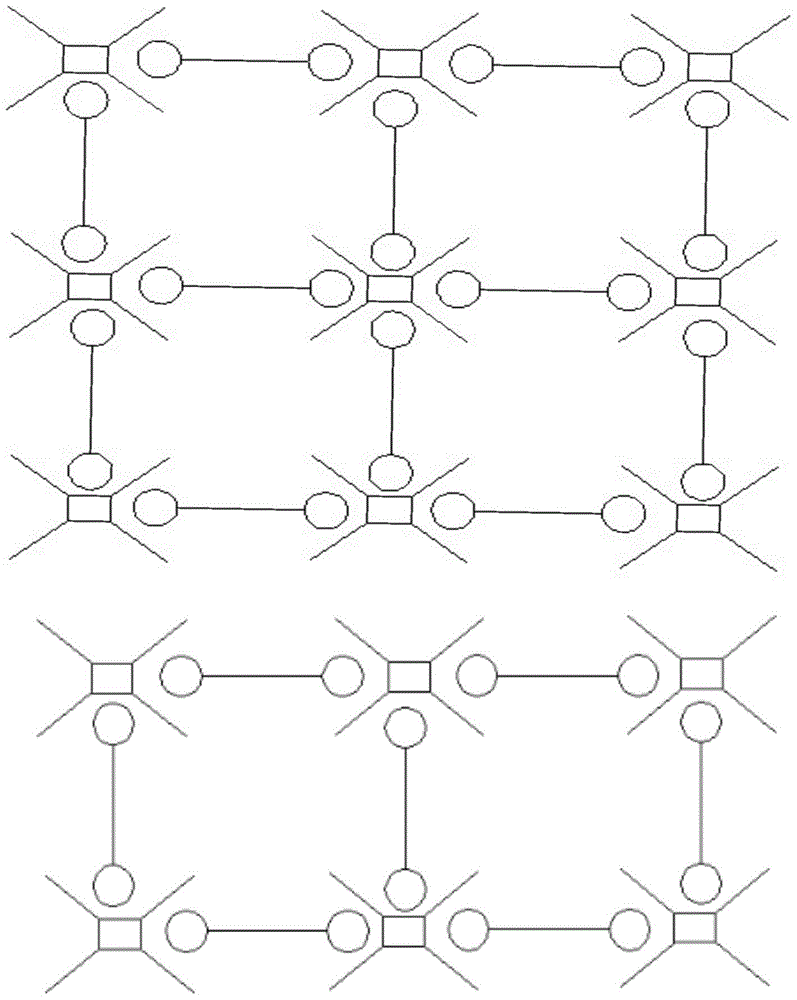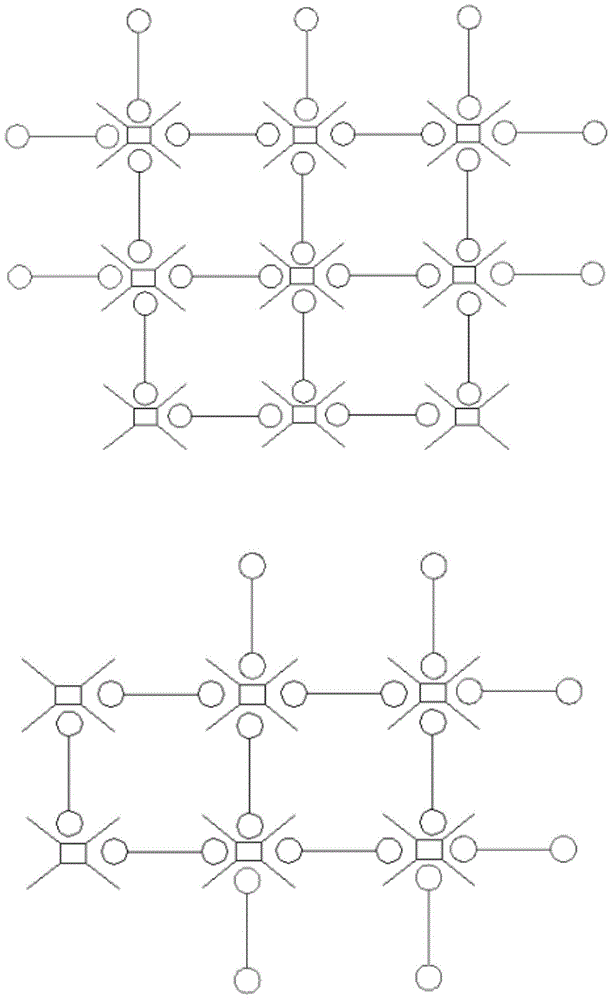Kit and method for highly sensitive detection of allergen-specific antibody ige
A sensitive detection and allergen technology, applied in the direction of biological testing, material inspection products, etc., to achieve the effect of less sample consumption
- Summary
- Abstract
- Description
- Claims
- Application Information
AI Technical Summary
Problems solved by technology
Method used
Image
Examples
Embodiment 1
[0040] Embodiment 1: detection reagent preparation of the present invention
[0041] 1. Nitrocellulose membrane immobilized (covalently bound) allergen protein (refer to Hermanson GT et al, Immunobilized affinity ligand techniques. Academic Press (New York), 1992, pp53-56.)
[0042] (1) nitrocellulose membrane activation
[0043] A. After wearing the safety protection equipment, prepare acetonitrile solution of CNBr (US Sigmaaldrich Company, C91492) with a concentration of 1mg / ml in the fume hood;
[0044] B. Suspend the cut nitrocellulose membrane (Bio-Rad, USA, 162-0112) in 1mol / L, pH11 Na 2 CO 3 solution, transferred to a glass beaker with a stirring bar, and then placed flat on a magnetic stirrer plate in a fume hood;
[0045] C. While stirring, add CNBr solution; stir for 10 minutes, during which the pH value of the solution is measured with precision pH test paper above pH 8 every 2 minutes; if necessary, adjust the pH of the activation solution to 11 with NaOH soluti...
Embodiment 2
[0068] Example 2 (signal amplification system without using biochemical methods):
[0069] For the preparation of detection reagents, refer to Example 1 (excluding dual-free biotin-streptavidin optimization solution and biotin-labeled poly-alkaline phosphatase solution).
[0070] The detection method is as follows:
[0071] (1) Pretreatment: Take out the detection reaction tank required for the experiment (for the structure, see image 3 , the fibrous material film solidified with the allergen protein to be tested has been installed in the small hole), placed horizontally at room temperature, numbered or marked with the patient's name;
[0072] (2) Initial incubation: Add 300 microliters of serum to 1.7ml of sample diluent (PBS at pH 7.4 + 10% newborn bovine serum) and mix well, pour it into the reaction tank with the cover film removed, and place the reaction tank in On a mixer, incubate at room temperature (20-25°C) for 45 minutes.
[0073](3) Cleaning: Rinse the liquid r...
Embodiment 3
[0081] Example 3 (secondary signal amplification system using dual biotin-streptavidin and polymerase):
[0082] For the preparation of detection reagents, see Example 1.
[0083] The detection method is as follows:
[0084] (1) Pretreatment: Take out the detection reaction tank required for the experiment (for the structure, see image 3 , the fibrous material film solidified with the allergen protein to be tested has been installed in the small hole), placed horizontally at room temperature, numbered or marked with the patient's name;
[0085] (2) Initial incubation: Add 300 microliters of serum to 1.7ml of sample diluent (PBS at pH 7.4 + 10% newborn bovine serum) and mix well, pour it into the reaction tank with the cover film removed, and place the reaction tank in On a mixer, incubate at room temperature (20-25°C) for 45 minutes.
[0086] (3) Cleaning: Rinse the liquid reaction tank with washing liquid (PBS at pH 7.4 + 0.05% Tween-20), and repeat washing 5 times for 10...
PUM
 Login to View More
Login to View More Abstract
Description
Claims
Application Information
 Login to View More
Login to View More - R&D
- Intellectual Property
- Life Sciences
- Materials
- Tech Scout
- Unparalleled Data Quality
- Higher Quality Content
- 60% Fewer Hallucinations
Browse by: Latest US Patents, China's latest patents, Technical Efficacy Thesaurus, Application Domain, Technology Topic, Popular Technical Reports.
© 2025 PatSnap. All rights reserved.Legal|Privacy policy|Modern Slavery Act Transparency Statement|Sitemap|About US| Contact US: help@patsnap.com



